Emergency oxygen is a recommended first-aid treatment for numerous scuba diving injuries including decompression sickness, carbon monoxide poisoning and lung overexpansion injuries. As a diver, knowing how and when to use emergency oxygen is a good skill to have. It means you are ready to help others should the need arise.
Oxygen is a colorless, odorless, tasteless gas. It makes up approximately 21 percent of the Earth’s atmosphere. Oxygen is a vital component for cellular metabolism. Being essential for life, without it, we would be unconscious or dead within minutes.
Did you know? At rest, humans consume approximately 5 percent of the 21 percent oxygen in the air. Exhaled air, therefore, contains about 16 percent oxygen.
Oxygen is often used in traumatic injuries to treat shock-associated hypoxia or to supplement breathing. The use of oxygen in first aid for scuba diving was slow to emerge – it was first proposed as a part of hyperbaric medicine in the 1930s and didn’t become mainstream use until the 1980s. Nowadays, oxygen administration is the first form of treatment in scuba diving. Research has conclusively shown that early administration can drastically improve the outcome for the injured diver (DAN Annual Diving Report, 2019).
Administering oxygen creates a partial pressure gradient that accelerates the rate of inert-gas elimination, and therefore bubble elimination, which can accumulate in the body. Beyond its ability to restore equilibrium, oxygen delivery can also reduce a victim’s pain, swelling and limit or reverse hypoxic injury.
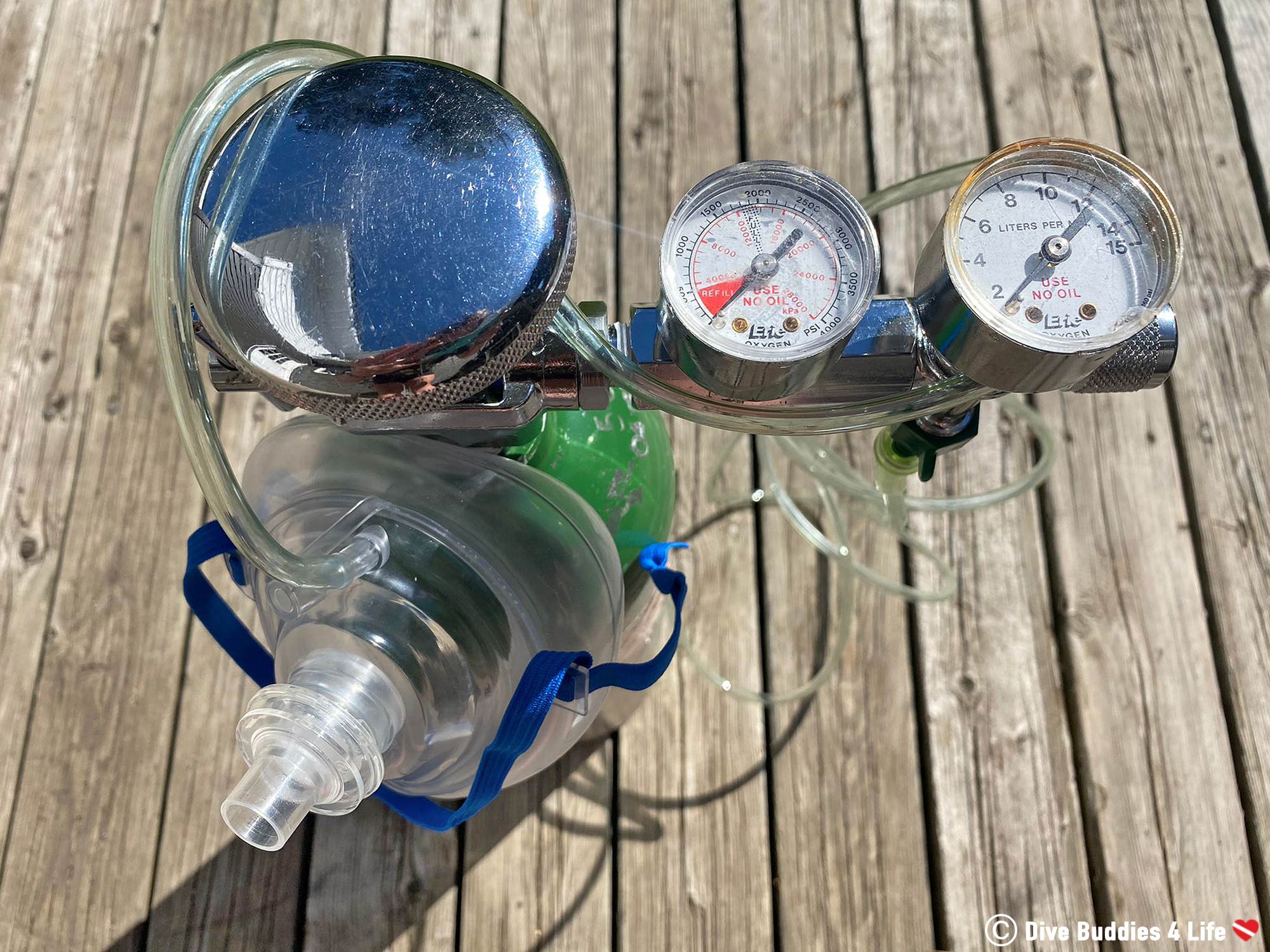
The PADI Emergency Oxygen Provider Course is designed to help individuals recognize a scuba diving illness treatable with emergency oxygen and respond with immediate action until the appropriate medical services are engaged.
During the PADI Emergency Oxygen Provider Course students will learn about dive injuries, different types of emergency oxygen equipment and safety considerations when using oxygen. Students will also gain hands-on experience assembling and disassembling emergency oxygen equipment, using a pocket mask on a non-breathing diver as well as deploying a non-rebreather mask and demand inhalator valve on a breathing diver.
The PADI Emergency Oxygen Provider course is open to everyone interested in learning how to provide emergency oxygen. It has no prerequisites, age restrictions or water sessions required for course completion.
It is important to note that first aid and CPR training are two great compliments to this course.
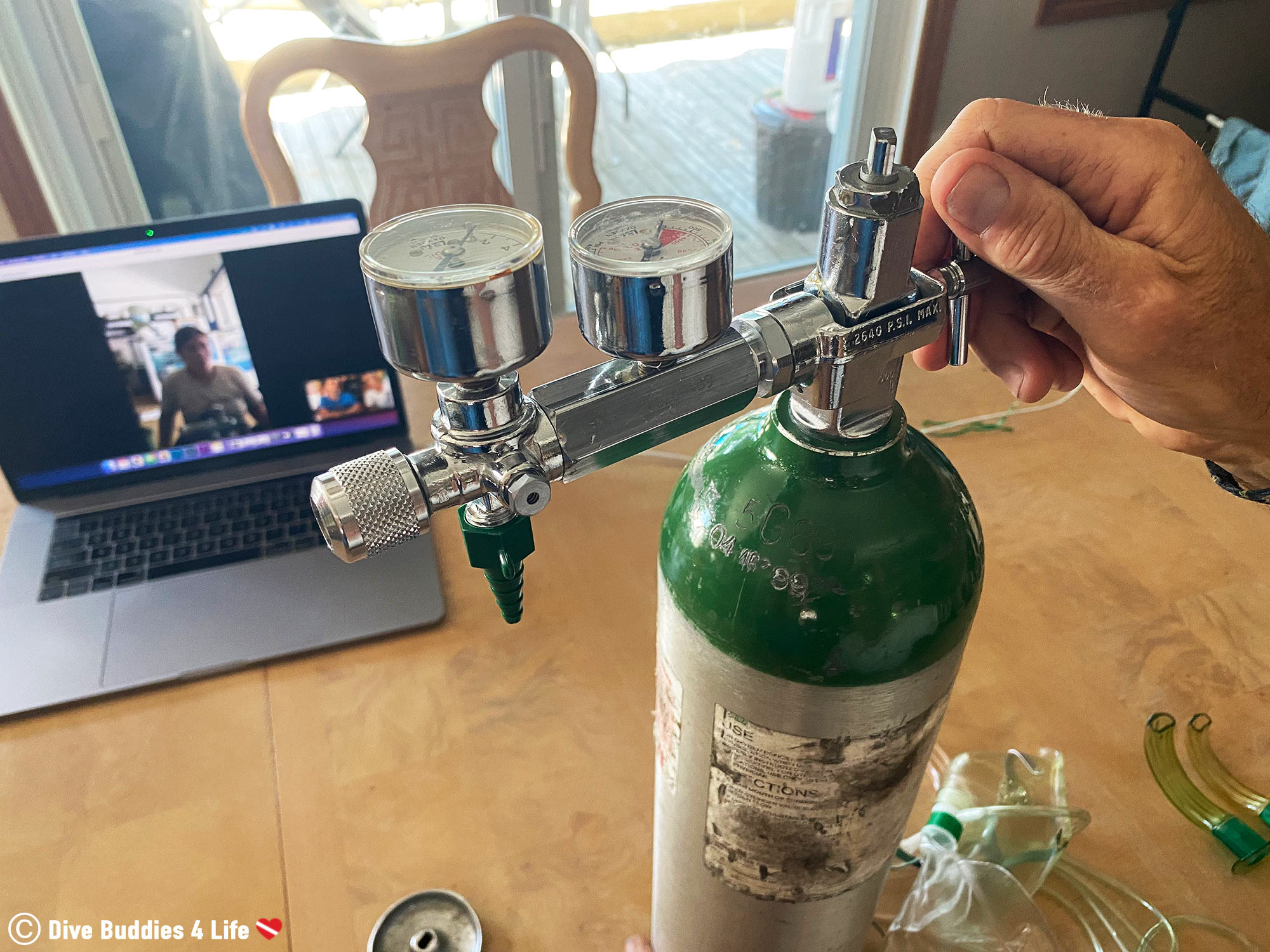
Emergency Oxygen Provider is one of PADI’s first aid focus courses, helping students preserve, prevent and prolong life in the event of a diving accident.
To complete the Emergency Oxygen Provider course students will need to familiarize themselves with an oxygen kit setup, thus requiring them to have one on hand. The course instructor will generally provide the emergency oxygen units and students will be required to have or purchase a disposable non-rebreather mask for use during practice sessions.
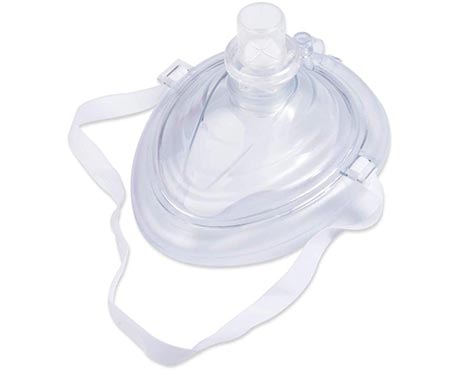
First Aid Pelvifine Pocket Mask: The Pelvifine pocket mask is a 2 piece portable first aid tool with training valves that supply a mouth barrier to guarantee safety. The mask’s lightweight design makes it easy to carry so much so that it can fit on your car keyring.
During the knowledge and theory portion of the course, we covered the basics of what oxygen is and how/why it is used in first aid and for treating scuba diving injuries. This included elaborating on oxygen’s chemical and biological uses as well as going over-identifying symptoms of scuba diving injuries. We then moved on to the safety considerations when handling and using oxygen – a highly flammable gas in concentrations above regular air’s 21 percent.
After discussing the safety considerations, we then moved onto the equipment. This included learning about the valves, gauges, connectors and various masks (pocket, non-rebreather, demand inhalers) associated with oxygen administration.
The practical section of the course involved tangibly exploring and manipulating an oxygen tank. Here we had the opportunity to assemble and disassemble an O2 tank, play with the flow and experiment with the different masks. We then did course simulations, where our instructor went through five different scenarios and we had the chance to make first aid decisions and discuss what course of action to use in treating an imaginary victim.
My favourite scenario – which speaks to the creativity of our instructor – was the very last scenario when we had just surfaced from a night dive and had to assemble the oxygen kit with our eyes closed to simulate how dark it can be on the water at night.
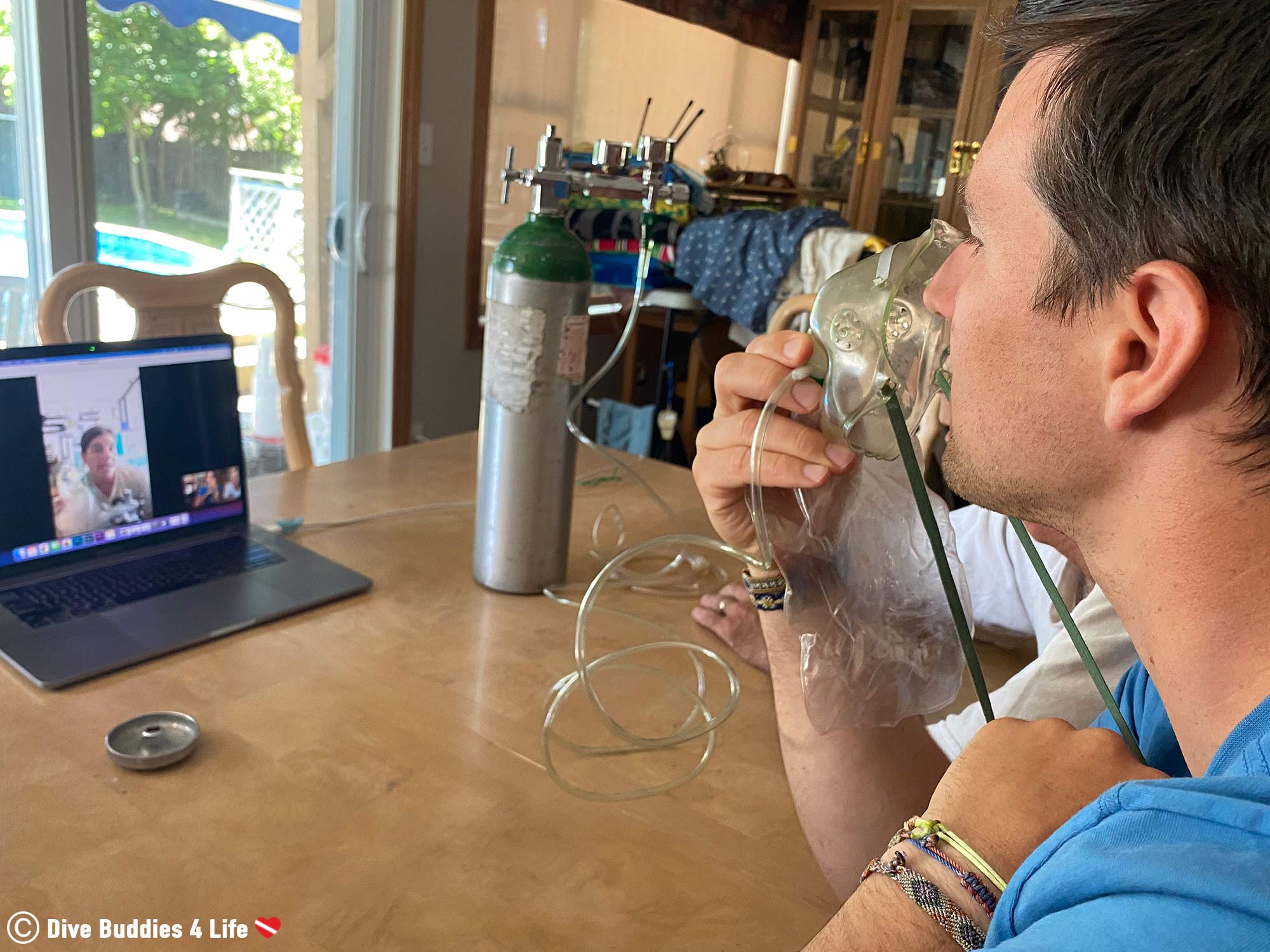
The cost of taking your PADI Emergency Oxygen Provider Course varies from dive shop to dive shop. A good starting price is between $75.00 to $140.00 CAD per person. This price should include the Emergency Oxygen Provider Manual, a hands-on classroom session with the O2 bottles and a PADI certification card.
Some shops require students to bring their own pocket masks for practicing simulations. Budget approximately $15.00 CAD for a new mask if you don’t own one.
The PADI Emergency Oxygen Provider is a short first aid course that takes roughly two hours to complete. There is also the option for instructors to incorporate this Oxygen certification into the PADI Rescue Diver course switching it in for exercise nine.
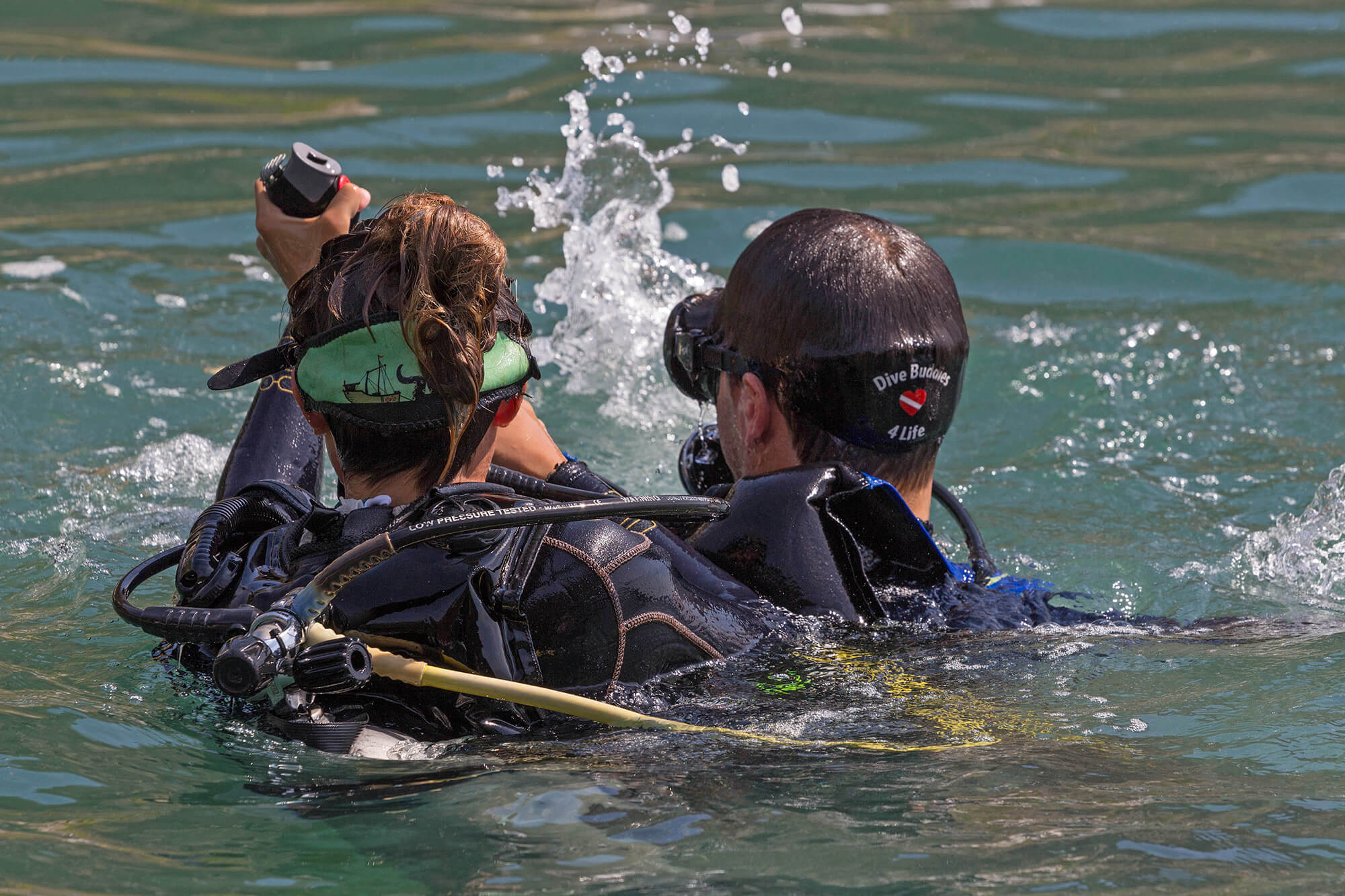
The PADI Rescue Diver Course at a Glance: Becoming a PADI Rescue Diver is a great way to further your knowledge and give yourself the tools to stay safe on a dive.
It is not necessary to be a certified scuba diver to take the PADI Emergency Oxygen Provider course. It is equally useful to anyone involved in watersports or water-based activities where the need to administer oxygen may arise. This includes boating, surfing, snorkeling, lifeguards… Many will benefit from having this training.
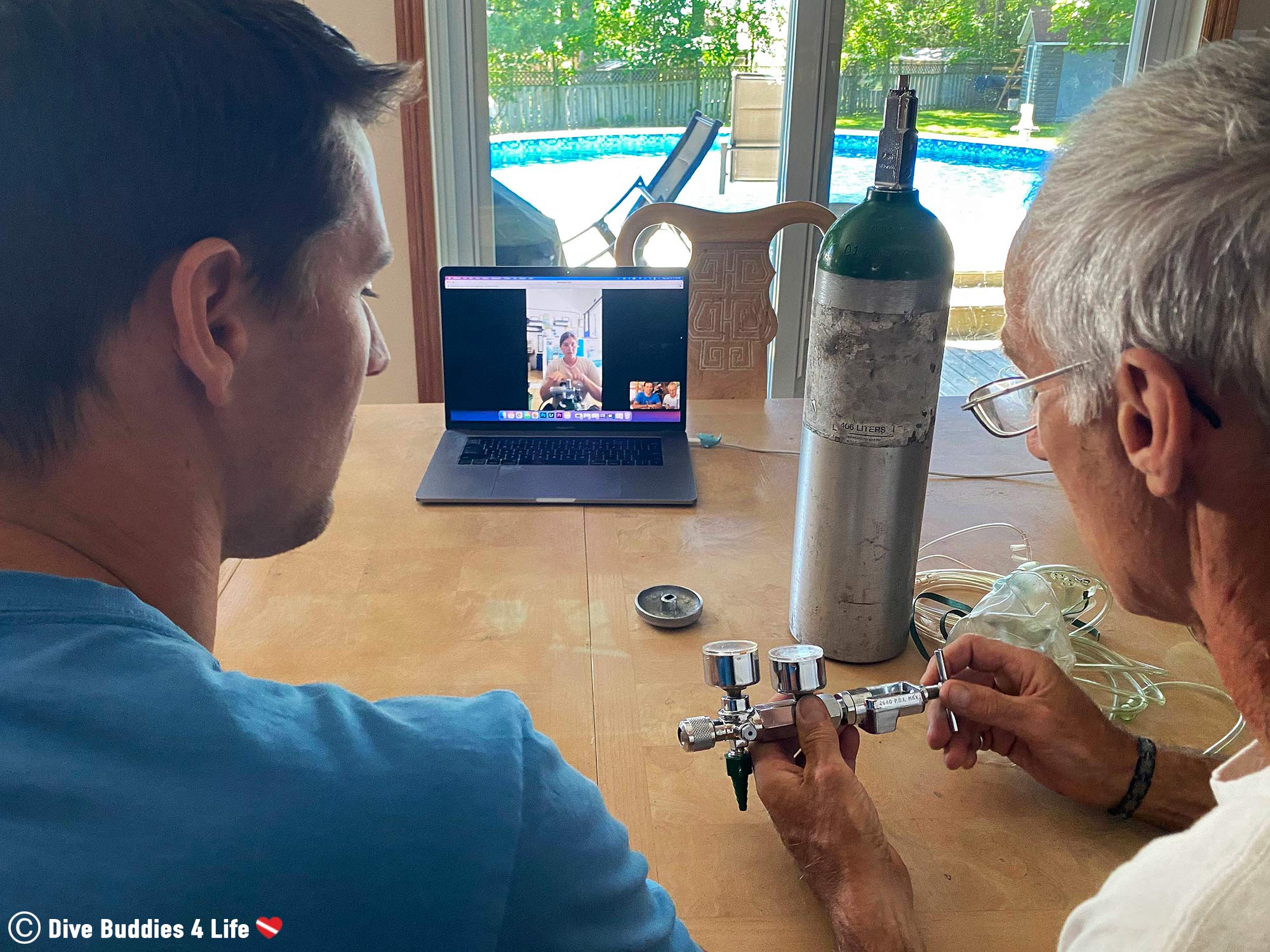
When DAN first began, their research showed that less than half of injured divers were receiving surface oxygen first aid. As a result, the majority of injuries went untreated until reaching a medical facility (DAN Annual Diving Report, 2019). With training and education being a significant part of scuba accident mitigation, it is now commonly known that emergency oxygen is the primary first aid treatment a diver should receive in the event of an accident.
Given the importance of O2 administration to help recovery in scuba diving injuries, we feel that this first aid skill should be more than a course on its own. It should be incorporated into the advanced or rescue diver course as a fundamental skill. By having more diver’s knowledge in the provision of emergency oxygen we can help make a sport that we love better and safer.
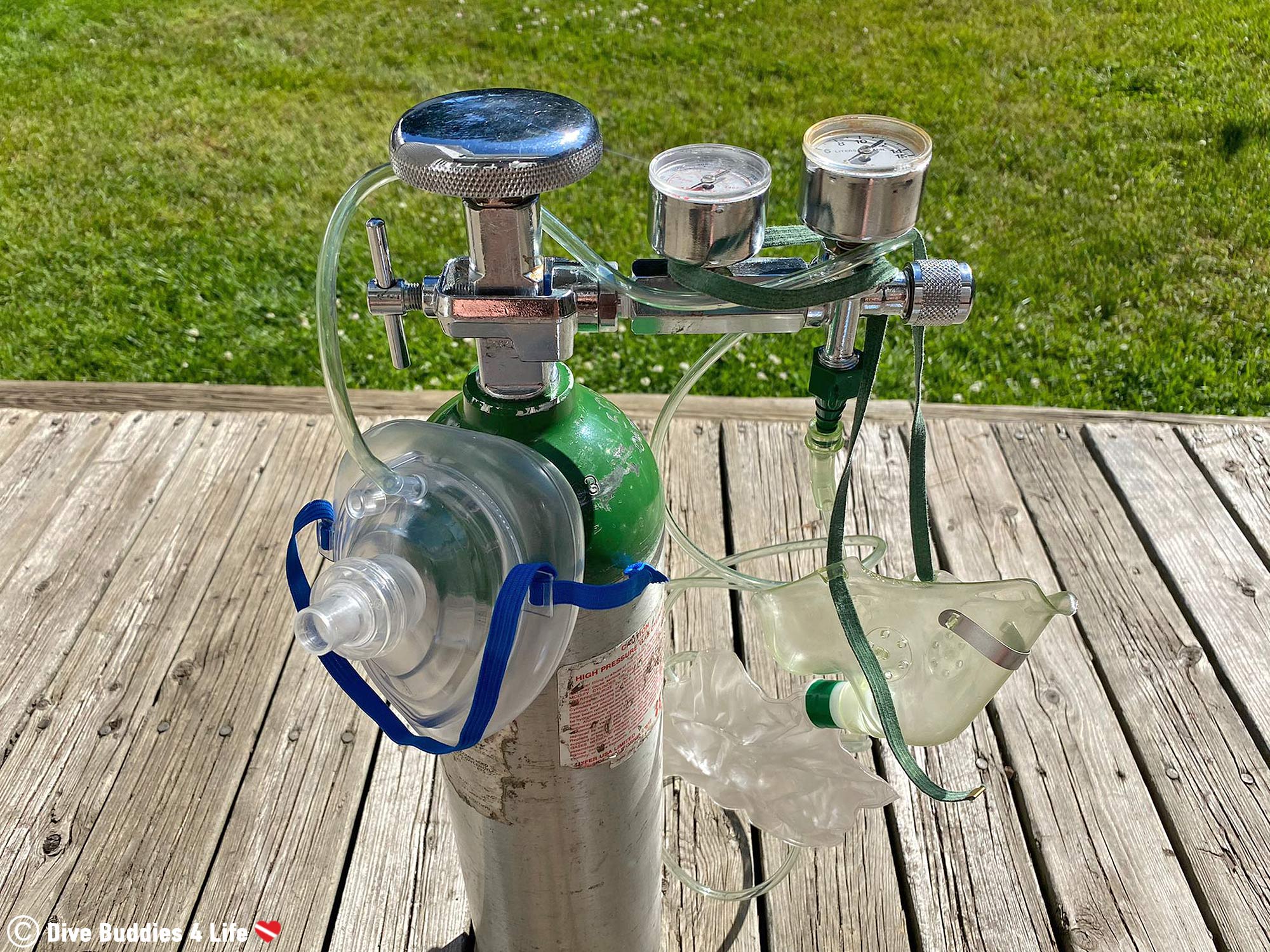
What did you think of the PADI Emergency Oxygen Provider course? Have you ever been in a dive situation where oxygen could have been used but wasn’t?
Writers Note: This post may contain affiliate links. We will make a small commission if you make a purchase through one of these links, at no extra cost to you. See full disclosure and disclaimer policy here.

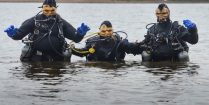
Getting ready for Halloween, scuba diver style, with the PADI Zombie Apocalypse Diver Specialty Course. It's a scuba course that is to die for.
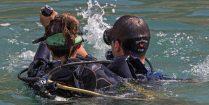
Becoming a PADI Rescue Diver is a great way to further your knowledge and give yourself the tools to stay safe on a dive.
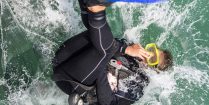
No matter what level of diver you are, scuba backroll entries are a fun-filled way to get off the dive boat and get into the water.
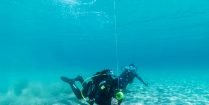
For some scuba diving is more than just a hobby - it’s a lifestyle. Here is everything you should know about getting your divemaster certification.
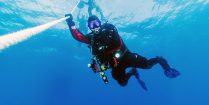
Safety stops are an important part of scuba diving as they slow down a divers ascent to the surface, allowing bodies time to off-gas.
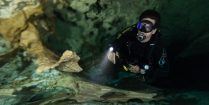
Thermoclines are layers of water determined by temperature. They exist in all lakes and oceans, dividing the sunlit upper layer from the cooler water below.

Many scuba diving agencies that play a role in training divers. Here is a look at SEI, PADI, NAUI, and SSI, the top scuba agencies in the world.

Whether you’re scuba diving in cold or warm water, in the sunny tropics, or the icy Arctic, being chilly on a dive is never fun.
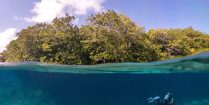
Split-level photography goes by many names. But regardless of what it’s called, this mixture of aquatic and terrestrial imagery takes viewers on a dynamic journey through two vastly different realms.
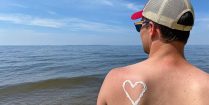
The sun is shining, the UV index is through the roof. Wearing sunscreen is extremely important to protect your skin. But did you know that certain sunscreens cause damage to our planet’s reefs and wetlands?

Marine protected areas protect endangered species and critical habitats. As scuba divers they play a big role in the conservation of our lakes, rivers and oceans.

Dive equipment may be expensive, but new divers will find, there are many advantages to having your own set of scuba gear.

Fluodiving, fluorescent night diving, UV diving, glow diving - goes by many names. But no matter what you call this vibrant type of diving, the optical magic of fluorescence adds a totally new dimension to your night diving repertoire.
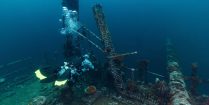
Whether sunk on purpose or as the result of a mishap, it’s a breathtaking experience to be able to visit a sunken wreck while scuba diving.
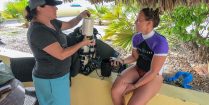
Bonaire TEK is an annual October occurrence, where Buddy Dive Resort partners with leaders in the tech diving industry for a week of technical dive demonstrations, equipment trials, presentations, training ins and outs, and camaraderie.
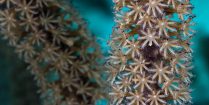
Not all things underwater can be seen at first glance - for some, you need to take a closer look. Macro photography is the art of close-up photography on small subjects.
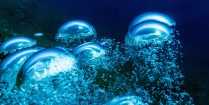
Are you a pig on air? You are not alone. Find out how you can get more out of your scuba diving tank.
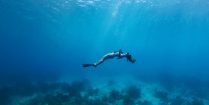
Hair versus scuba, now that's a combination that doesn't mix. So how do you stay away from the tares, tangles and hours upon hours of post-dive hair brushing?
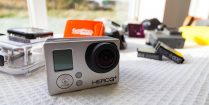
Problem: you want to take decent underwater pictures but good photography gear is just so expensive. Solution: learn how to take good underwater pictures with your handy dandy GoPro, it's easier than you think.
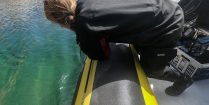
As a diver, sometimes you get hit with seasickness. Here are our solutions to dealing with seasickness before and during your dive.

Taking your love for photography to new depths can be a challenge. Here are eight tips and tricks for a beginner underwater photographer.

Organizing a dive vacation can be a challenge. To help, keep these four questions in mind when planning your next scuba diving vacation.

Sometimes a dive doesn’t go according to plan and when that happens, it’s important to be seen. Learn all about surface markers and why you should have one.

It's not easy being green in a day and age where everything is plastic and waste. Let sustainability lead the way as you explore the underwater world.

Do you provide courses? I am looking for Emergency Oxygen Provider and Emergency First Response courses.
Hi, we do not provide courses. Where are you located? If you let me know I can potentially recommend a dive shop in your area for the Oxygen provider course.